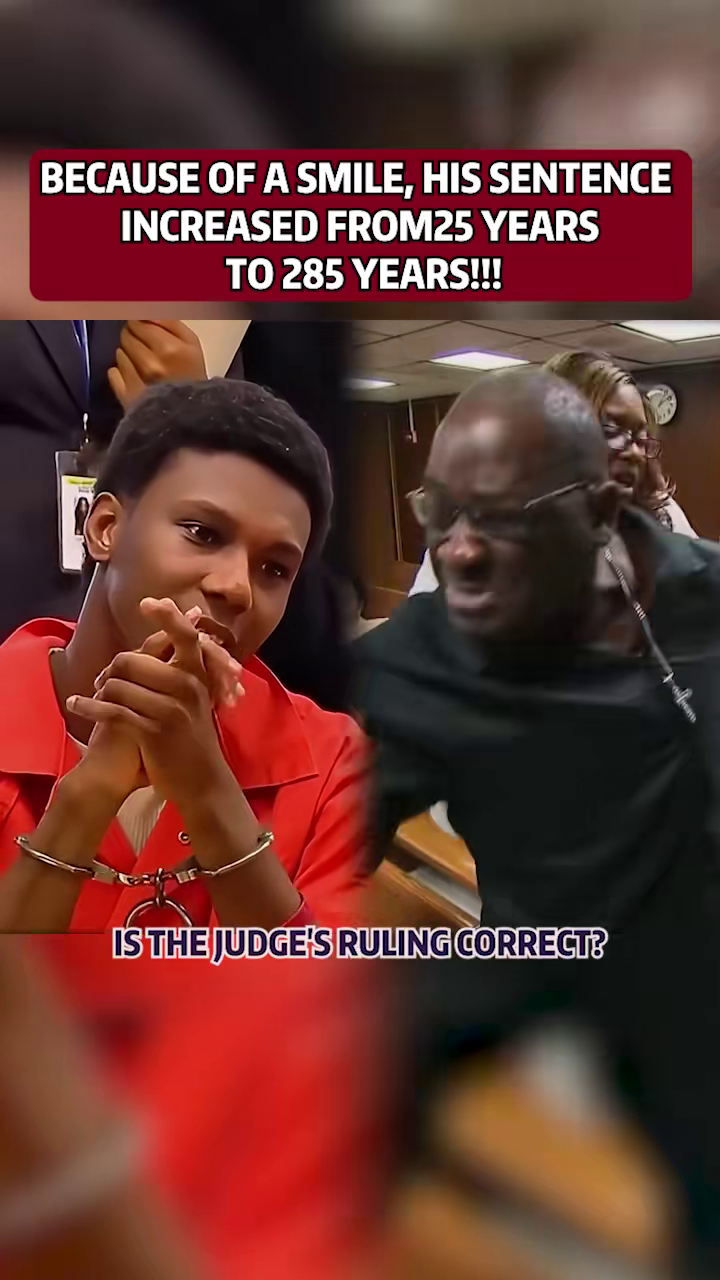Courtroom drama often attracts public attention, particularly when a teenager is involved in a violent crime. The case of Danta Wright, convicted for the 2016 fatal shooting of Jordan Klee, a high school student in Ann Arbor, Michigan, has stirred controversy. Viral content surrounding the trial focuses on Wright’s courtroom demeanor and claims of an exaggerated sentence increase, sparking debates about justice, youth crime, and media sensationalism.
This article examines the facts of the crime, the trial, and the court’s decision, separating verified information from viral exaggerations.
The Crime
In 2016, Ann Arbor faced a tragic incident that shook the local community:
-
Victim: Jordan Klee, a student known for his involvement in school activities.
-
Perpetrators: Danta Wright and two other teenagers attempted to rob Klee.
-
The Incident: Klee resisted the robbery, and Wright pulled the trigger, fatally wounding him.
-
Aftermath: Authorities quickly apprehended the teens, leading to criminal charges and a high-profile case.
The senseless nature of the crime and the young ages of both the victim and perpetrators brought national attention to the trial.
Courtroom Demeanor Controversy
Much of the viral attention surrounding Wright’s trial centers on his behavior during court proceedings:
-
Reported Behavior: Videos and posts claim Wright was smiling, laughing, or smirking while victim impact statements were being read by Klee’s family.
-
Public Reaction: Many interpreted this as arrogance and a lack of remorse, fueling outrage.
-
Defense Argument: Wright’s attorney contended that the teen’s expressions were a coping mechanism, masking fear and anxiety rather than showing disrespect.
While courtroom demeanor may influence perception, the legal system bases sentencing primarily on evidence, crime severity, and statutory guidelines, not on viral interpretations.
Legal Proceedings and Sentence
Danta Wright’s sentencing reflects standard Michigan procedures for violent juvenile crimes tried as adults:
-
Charges: Wright faced second-degree murder, armed robbery, and related felonies.
-
Sentence Range: Public records confirm Wright was sentenced to 25-52 years in prison, an indeterminate sentence allowing parole consideration after the minimum term.
-
Judge’s Remarks: The judge reportedly noted Wright’s demeanor but grounded the sentence in the seriousness of the crime, victim impact, and statutory guidelines.
Viral claims of a 285-year sentence are inaccurate and likely exaggerations designed to increase online engagement.
Public Reaction and Media Influence
The case highlights the impact of social media on public perception:
-
Viral Spread: Clips of Wright in court circulated widely, with captions emphasizing his demeanor and alleged “arrogance.”
-
Fact vs. Fiction: While Wright received a substantial sentence, exaggerations misrepresent the official court record.
-
Community Debate: Some argue the sentence was just, given the loss of a young life. Others questioned trying a juvenile as an adult and the influence of demeanor on perceived justice.
This demonstrates the tension between legal facts and media-driven narratives.
Juvenile Sentencing and Legal Context
Wright’s age raised important legal questions:
-
Juvenile vs. Adult Court: Michigan law allows juveniles to be tried as adults for serious felonies like murder.
-
Indeterminate Sentencing: Allows parole boards to review behavior and rehabilitation progress.
-
Balance of Justice: Courts must weigh punishment, deterrence, and potential rehabilitation, even for serious crimes committed by minors.
Ethical and Legal Considerations
The Wright case underscores critical questions in juvenile justice:
-
Severity vs. Intent: Should age mitigate the severity of punishment?
-
Influence of Courtroom Demeanor: How much weight should perceived disrespect or arrogance carry?
-
Media Amplification: Viral content can distort public understanding, emphasizing the need for critical consumption of online stories.
Legal experts caution against conflating dramatic claims with verified court decisions.
Lessons Learned
Key takeaways from Wright’s trial include:
-
Youth Violent Crime is Taken Seriously: Michigan law enforces strict penalties for armed robbery and homicide, even for minors.
-
Courtroom Behavior Can Be Misinterpreted: Demeanor is secondary to facts and legal precedent.
-
Critical Media Literacy is Essential: Viral claims may exaggerate or misrepresent legal outcomes.
-
Community Awareness: Public discussion can drive education on crime prevention and restorative justice.
Conclusion
The Danta Wright case remains a sobering example of teen violence, courtroom scrutiny, and the influence of media on public perception. While social media sensationalized certain aspects, the core legal outcome — a 25-52 year sentence — reflects the gravity of the crime and the structured framework of the Michigan judicial system.
As communities reflect on this tragedy, the discussion continues about juvenile crime, accountability, and the role of both public perception and factual reporting in shaping understanding of justice.

